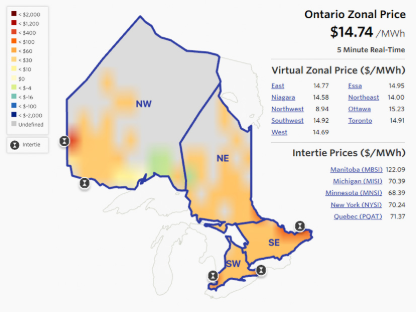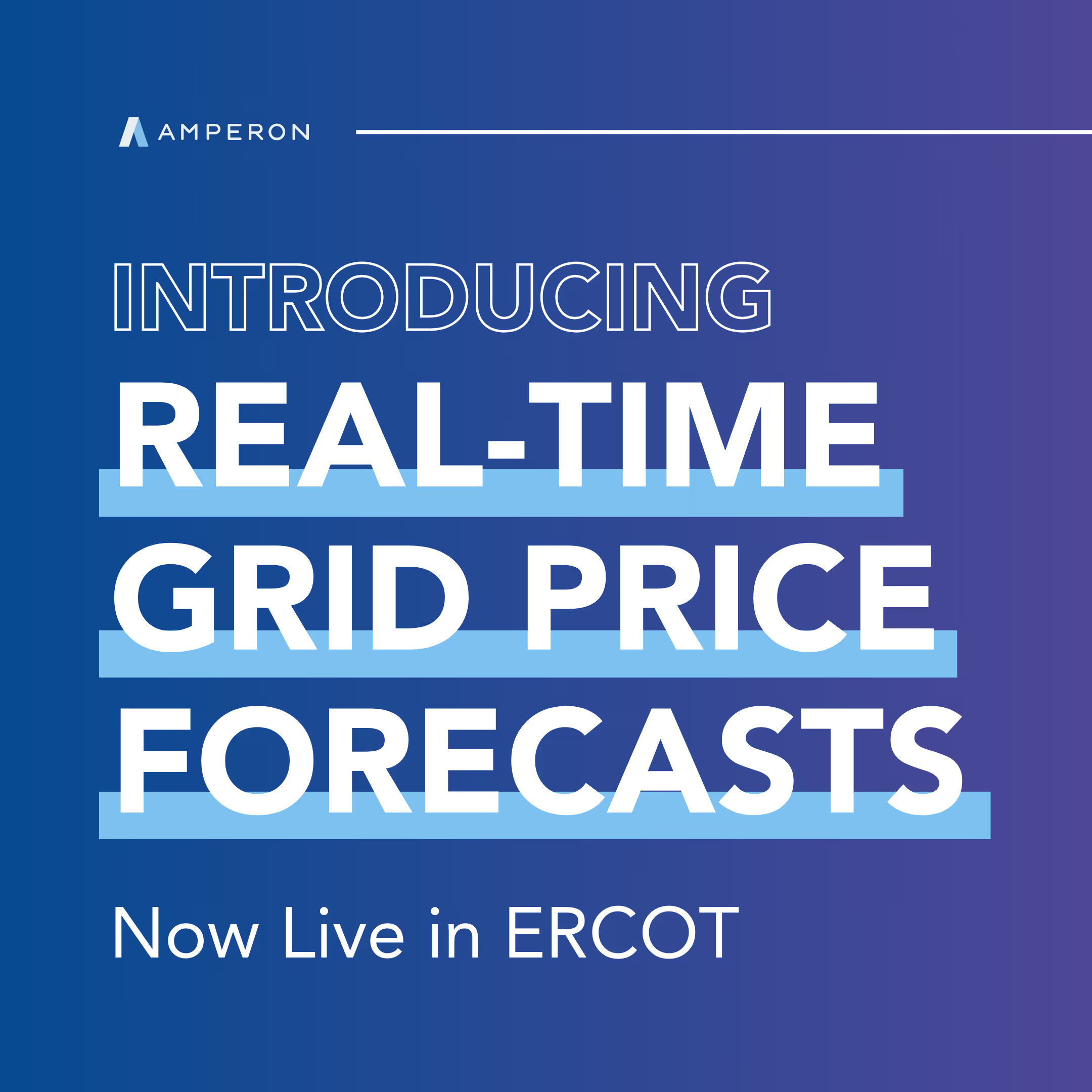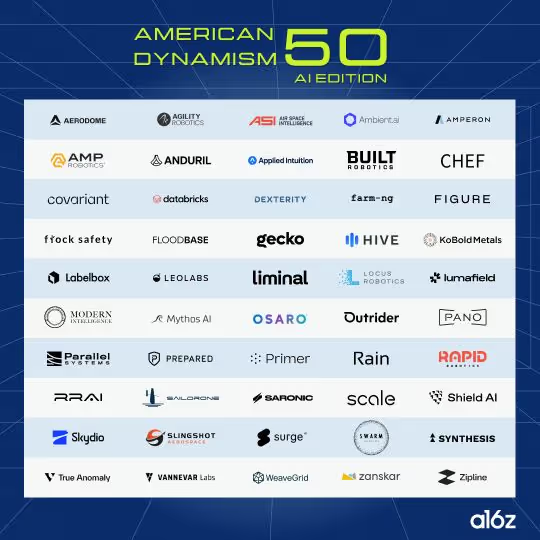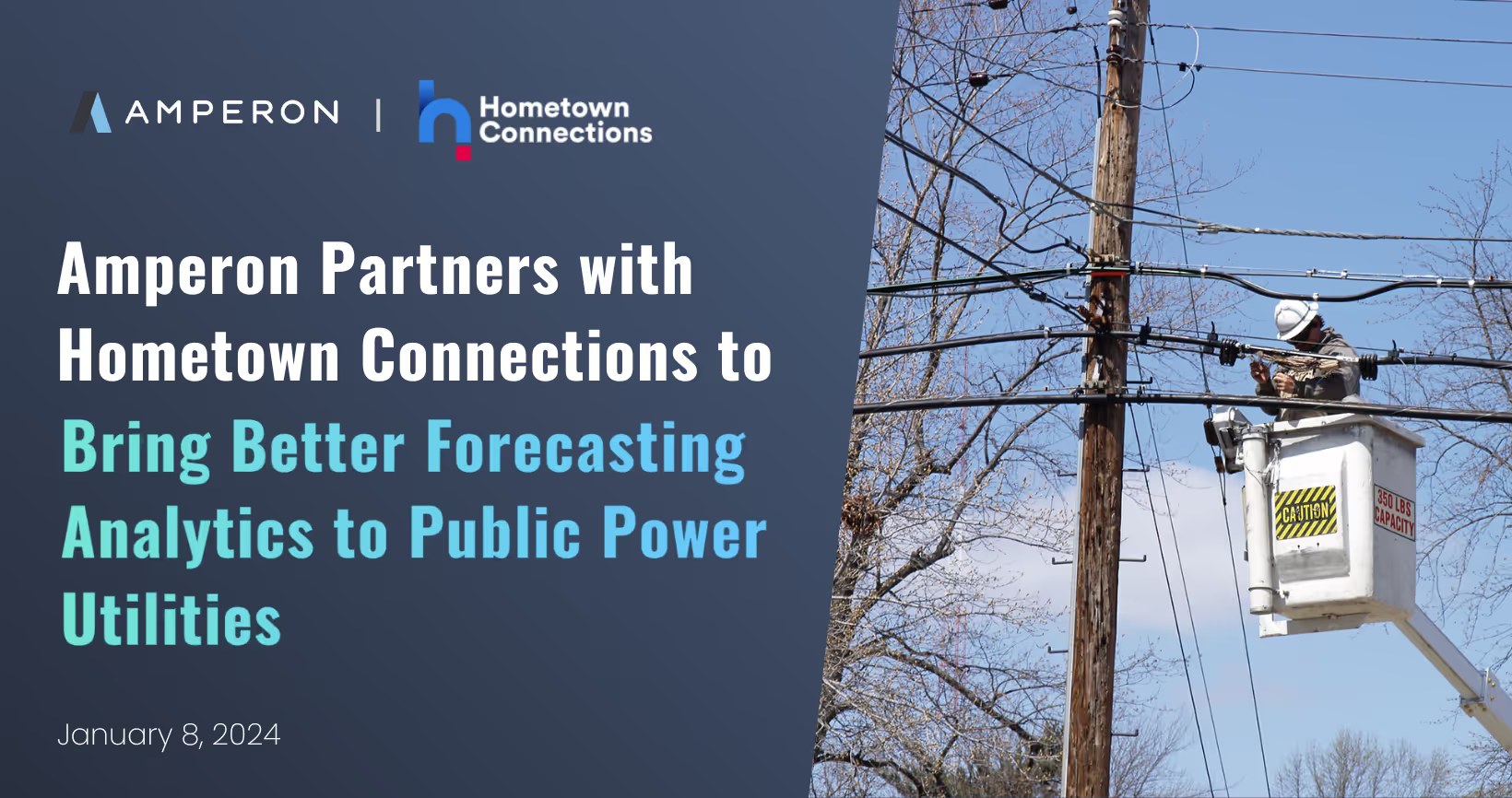Ontario’s shift to a Day-Ahead Market isn’t just a landmark policy change that brings the province closer to global best practices. It’s also a profitability test for every solar and wind operator connected to the province.
For renewable asset owners, it’s a moment to reassess risk/reward profiles and invest in forecasting and flexibility. The winners will be those who can forecast accurately, manage risk in real time, and optimize for every MWh.
And with a potentially highly volatile winter ahead, the ability to plan and respond quickly will be more valuable than ever.
What Changed: From DACP to DAM
This year, Ontario’s Independent Electricity System Operator (IESO) launched its long-awaited Day-Ahead Market (DAM) as part of the Market Renewal Program (MRP)—a sweeping reform aimed at improving efficiency, transparency, and reliability in the province’s electricity system. While the move brought Ontario in line with other advanced power markets, it also introduced new complexities, especially for renewable asset owners and Power Purchase Agreement (PPA) counterparties.

Previously, Ontario operated under the Day-Ahead Commitment Process (DACP), which was reliability-focused but not financially binding. The new DAM is a financially binding forward market where generators, loads, importers, and exporters submit bids and offers by 10am the day before operations. The IESO then clears the market based on Locational Marginal Pricing (LMP), creating a schedule that aligns dispatch and pricing more efficiently.
This shift also eliminated the costly Congestion Management Settlement Credits (CMSC) and replaced the outdated Hourly Ontario Energy Price (HOEP) with nodal LMPs, offering more granular price signals that incentivize generation and storage investments near load centers. These changes bring Ontario more in line with Day-Ahead Markets commonly seen in the US.
Implications for Solar and Wind Asset Owners
For variable generators like solar and wind, the DAM introduces both opportunity and risk:
- Asset location matters: Asset owners in a nodal market receive very different prices based on their location. LMPs provide a roadmap of where to build.
- Asset forecasting becomes mission-critical: Bidding into the DAM requires accurate day-ahead generation forecasts. Poor forecasting could lead to financial exposure if actual output deviates from the bid.
- Settlement risk increases: Under the two-settlement system, discrepancies between day-ahead schedules and real-time output are settled at real-time prices, which can be volatile.
Implications for Renewable Asset Owners with Expiring PPAs
Many asset owners with expiring PPAs may be preparing to bid into the market—a paradigm shift from the security of a pre-negotiated offtake agreement. With expiring PPAs comes the opportunity to create additional margin from merchant activity, although each operator will have their own approach to entering the merchant market, informed by their risk profile.
6.9 GW of renewable energy contracts are set to expire between 2026 and 2035, totaling 18% of Ontario’s total current generation capacity. (4.8 GW of expiring wind contracts represent well over 80% of existing wind capacity, and 2.1 GW of expiring solar contracts represent 60% of existing solar capacity.)
In short, substantial amounts of existing renewable generation will hit the wholesale market in the years to come, to say nothing of new interconnections. It’s worth noting that a significant increase in solar and wind assets participating in the Day-Ahead Market could cause LMP volatility to increase.
Implications for Generators Looking to Sign New PPAs
Power purchase agreements will also likely become more complicated. They may look different in three key ways:
- Market-based pricing is now the norm: Expect contracts to reference DAM prices or include clauses that account for DAM participation.
- Forecasting and flexibility matter: Buyers may prefer generators with better forecasting capabilities or hybrid assets (e.g., solar + storage) that can manage deviations.
- Risk-sharing mechanisms: Contracts may include collars, floors, or other hedging tools to manage DAM-related risks.
In addition to these DAM-based PPA structure changes, modern PPAs often incorporate new pricing frameworks that aim to decrease risk to one or both parties. The PPAs signed in 2025 are likely to look very different from the PPAs expiring in 2025.
Winter Volatility Looms
Ontario’s grid faces a potentially volatile winter, driven by a weak La Niña, easterly Quasi-Biennial Oscillation (QBO), and persistent Pacific warmth. These conditions increase the likelihood of Arctic outbreaks and lake-effect snow events, even if seasonal averages appear mild.
Additionally, Ontario is rapidly becoming a dual-peaking system, with winter peak demand projected to rival summer peaks by 2030. Electrification—especially EV charging and electric heating—is driving higher overnight and cold-weather loads.
In short, the IESO expects sufficient capacity, but aging assets, refurbishment schedules, and transmission constraints could still stress the grid during extreme cold events. Flexible resources like demand response, storage, and fast-ramping generation will be critical for maintaining reliability.
It’s not inconceivable that Ontario could follow Alberta’s lead and cap new large-load connections. Even if they don’t, loads that can enhance flexibility will be rewarded under the IESO’s new market structure, as will generators that can submit day-ahead bids for crucial areas and hours.
Recommendations for Renewable Asset Owners This Winter:
- Review forecasting tools: DAM participation demands accurate day-ahead forecasts, especially during volatile weather.
- Assess flexibility: Consider adding storage to mitigate real-time deviations, especially in congested areas.
- Monitor transmission constraints: Locational pricing means congestion can materially impact revenue.
Learn more about Amperon’s solar and wind generation forecasts here.








.avif)

.avif)









